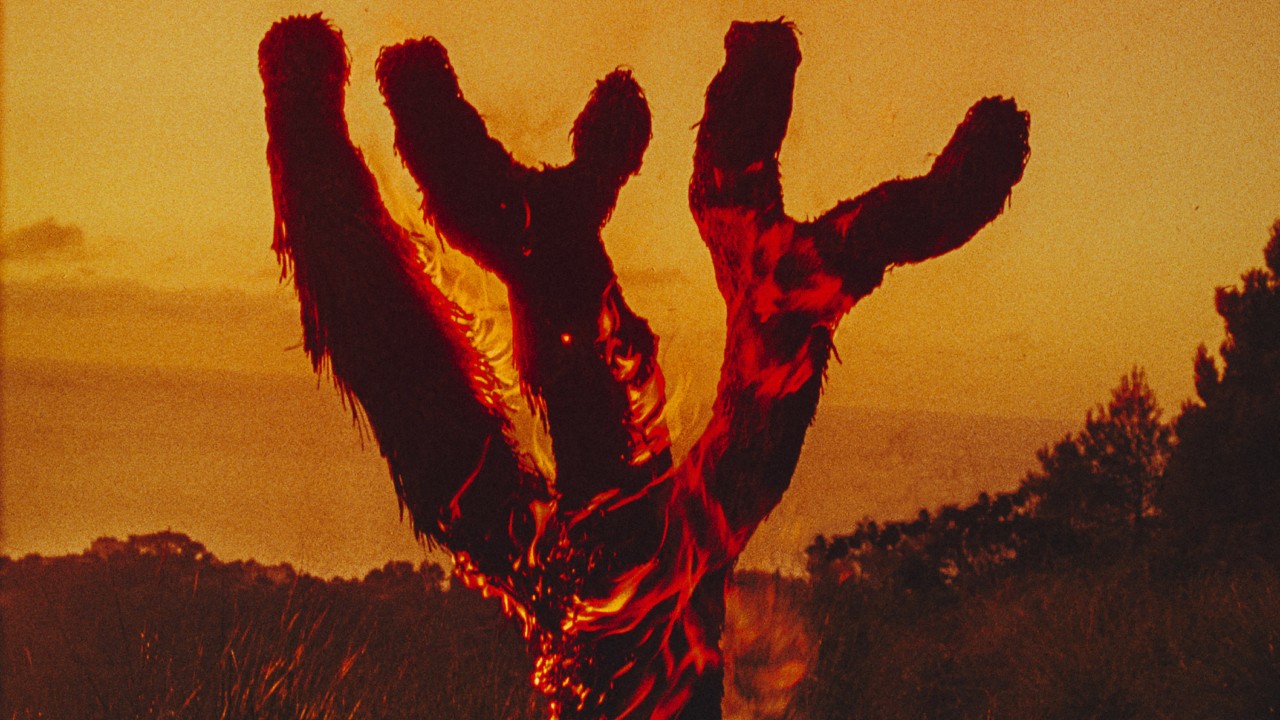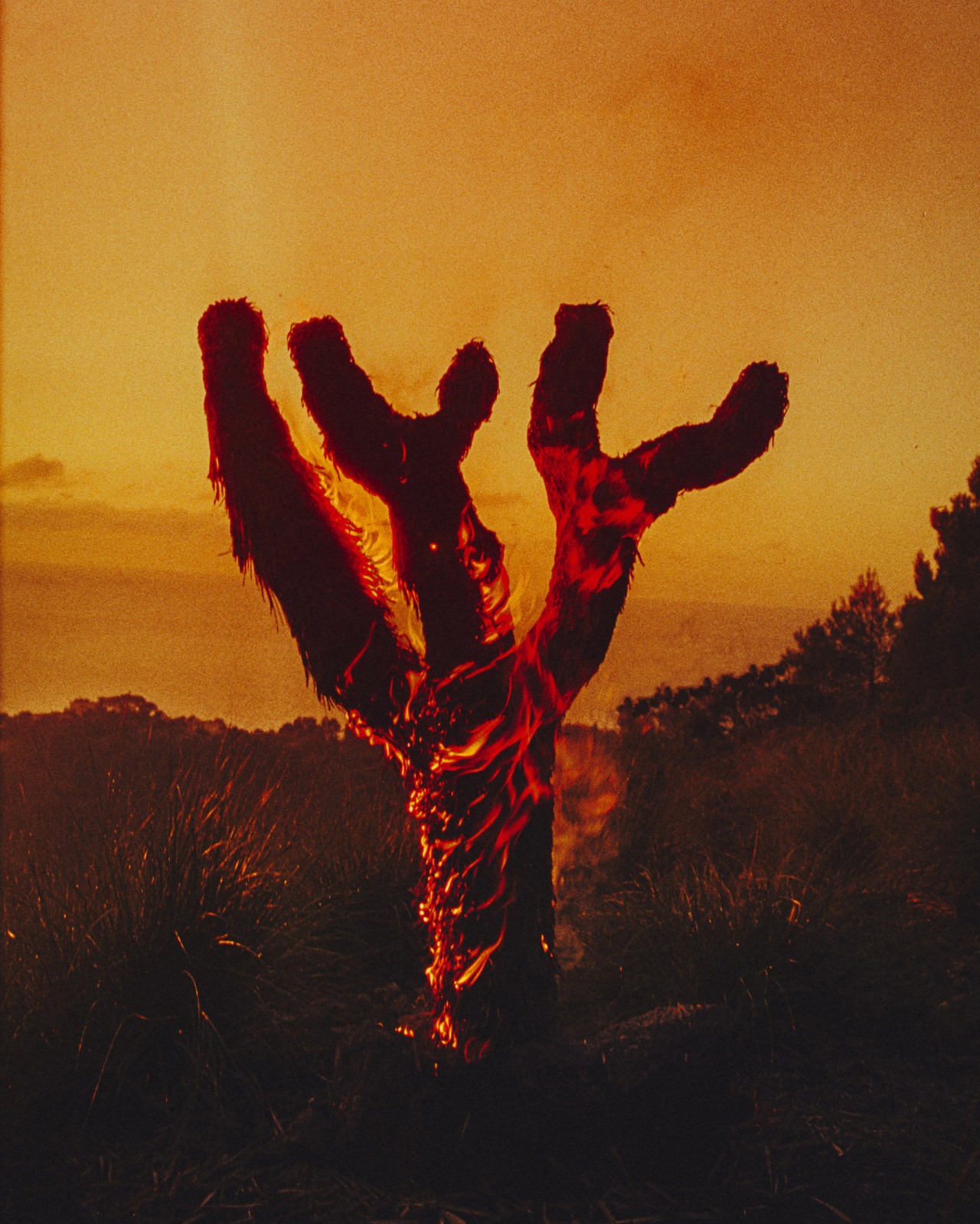

Photograph by Kate Bellm / Kintzing
words by willow defebaugh
“As our skies darken with smoke from far away forest fires and Mother Earth’s temperature rises thanks to climate change, remember that fire isn’t simply a scourge we must bear. It also plays a role in the circle of life.” —Ruth H. Burns
Last week, the Atmos team came together for our annual retreat. On the eve of Climate Week, in upstate New York, we went on forest walks, pressed apples, stargazed, and gathered around fires. At our closing fire circle, we joined our voices and sang songs for the Earth and shared from the heart. As I took in the glow on everyone’s faces, I thought of how long humans have been gathering around fires for story, ritual, and connection. Fire is central to our humanity.
In a number of cosmologies, of all the elements, fire was gifted to humans alone. In Greek mythology, it was stolen from the gods and given to mortals by the titan Prometheus who had been tasked with endowing all life-forms with means to prosper. A punishment for granting us such a powerful boon, Zeus chained him to a mountain where he was doomed to spend eternity having an eagle eat his immortal liver. Even the king of the gods feared how we might wield it.
Scientifically, fire is a process—a chemical reaction called combustion. When we watch a flame flicker, we are witnessing alchemy; set off by an ignition source, heat, oxygen, and fuel (any initial substance that can be burned) combine to create light and more heat. Exhaust products are also emitted, new chemical combinations based on the specific fuel and oxidizer. And because heat is both an ingredient and result, combustion keeps itself going, transforming all it touches.
Fire has been the ignition source for much of humanity’s development—with sweeping consequences for our planet. Scientists estimate our ancestors started using fire one million years ago. Whether inspiration struck by lightning or an accidental spark of flint we don’t know. But that discovery ignited manifold inventions both wondrous and horrific: from cooking and pottery to clearing land for agriculture to industrialization and modern warfare. Today, our reliance on burning fossil fuels and the greenhouse gasses emitted has resulted in climate change.
The Burning Earth, a new environmental history from Sunil Amrith, places our burning of fossil fuels within the context of colonization and humanity’s quest for “freedom from nature.” As he put it: “Fossil energy represented a breaking free from the dependence on photosynthesis. It was a kind of freedom that would previously have been beyond the reach of human imagination: a freedom that people could hardly have known how to want. It was suddenly possible to imagine the unimaginable: freedom from wind, water, and earth.” But at what cost?
In her latest Atmos column, Ruth H. Burns writes that our relationship with fire need not be at odds with nature. She explains the sacredness of “the life spark” to the Lakota people, and how it has been used to keep ecosystems healthy through controlled burns: “Fire is not unnatural. Fire is a part of the life cycle of the prairie, and the plants and animals that reside there have not only adapted to its existence—some rely upon it. Indeed, fire has a symbiotic relationship with all life that originates in prairie biomes. It was utilized to bring balance to needed habitat.”
Fire is capable of both wreaking destruction and saving lives. For better and worse, it’s a fitting symbol of what makes our species distinct—our uniqueness and separateness from the wider realm of nature. And the state of our world illuminates our imbalanced relationship with it. Perhaps we can see the fire now as an invitation to at once embrace and expand beyond our humanity: to re-enter the circle, hand-in-hand, and let ourselves be transformed.
On Fire